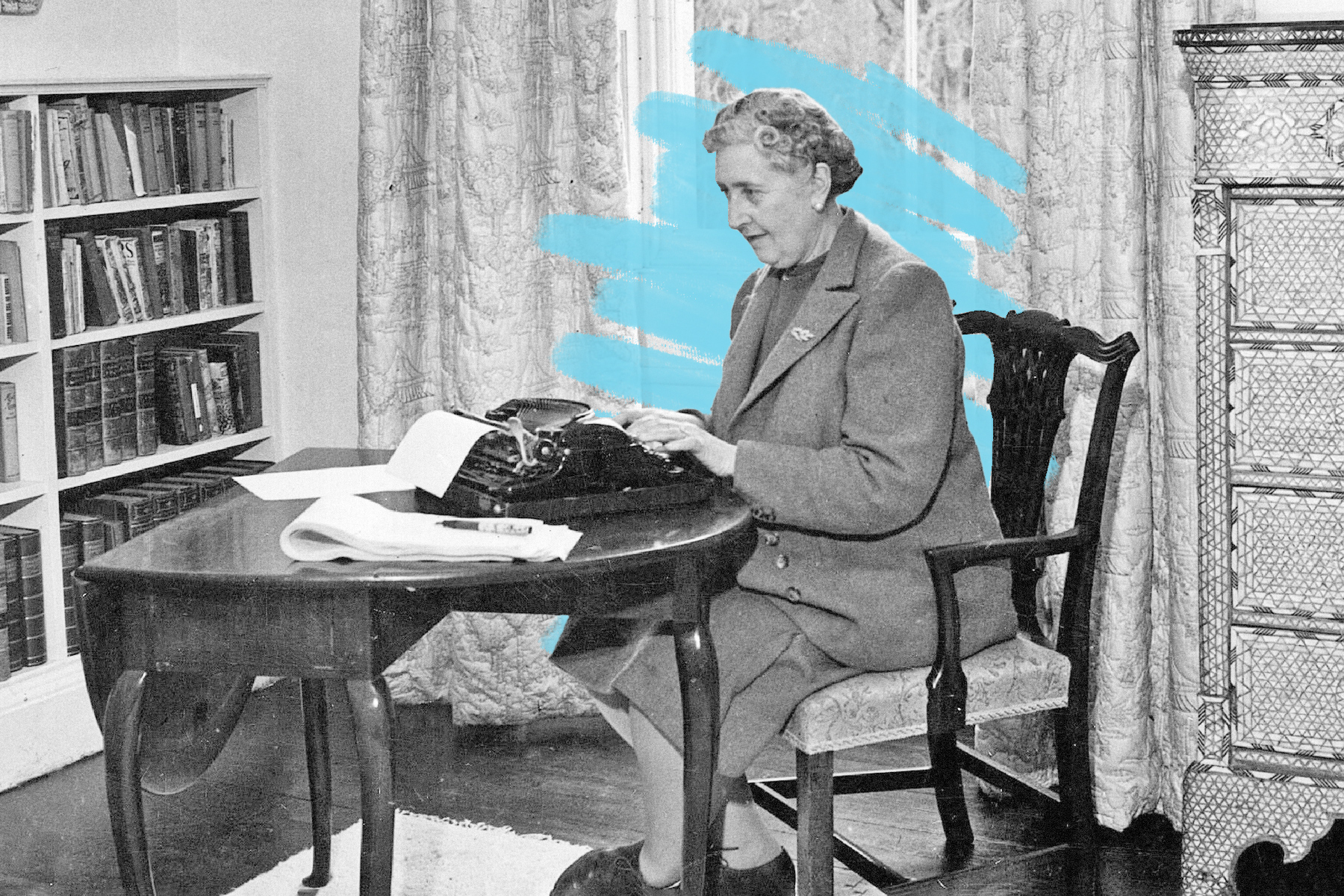Agatha Christie wrote romance novels under the name Mary Westmacott.
Mystery stories require a meticulous structure, and emotions typically don’t drive the plot. This worked out well for Agatha Christie, who liked her public persona to be somewhat guarded, especially after her infamous 1926 disappearance caused a media ruckus. But Christie found a way to express herself more deeply while still maintaining her privacy: She wrote several semi-autobiographical romance novels under a pen name, Mary Westmacott. The alias allowed Christie to be emotionally vulnerable — and the books received rave reviews.
“The Westmacott [novels] always said things that Agatha couldn’t express any other way,” biographer Laura Thompson wrote in Agatha Christie: A Mysterious Life. These books gave Christie an outlet to explore her fraught relationship with her first husband Archie Christie, reflect honestly (and sometimes harshly) on motherhood, and unearth past trauma. In the Westmacott novel that most closely parallels her own life, Unfinished Portrait (1934), a woman reeling from losses similar to those experienced by Christie meets a handsome painter on an exotic island who listens to her painful life story while creating her portrait.
The Westmacott books were a valuable, anonymous outlet to Christie from 1930 until 1949, when her identity was revealed in the “Atticus” gossip column of the Sunday Times. She published two more books under the pseudonym after that, but insisted that her real name stay out of the promotion.







